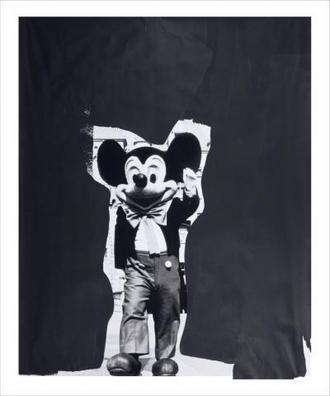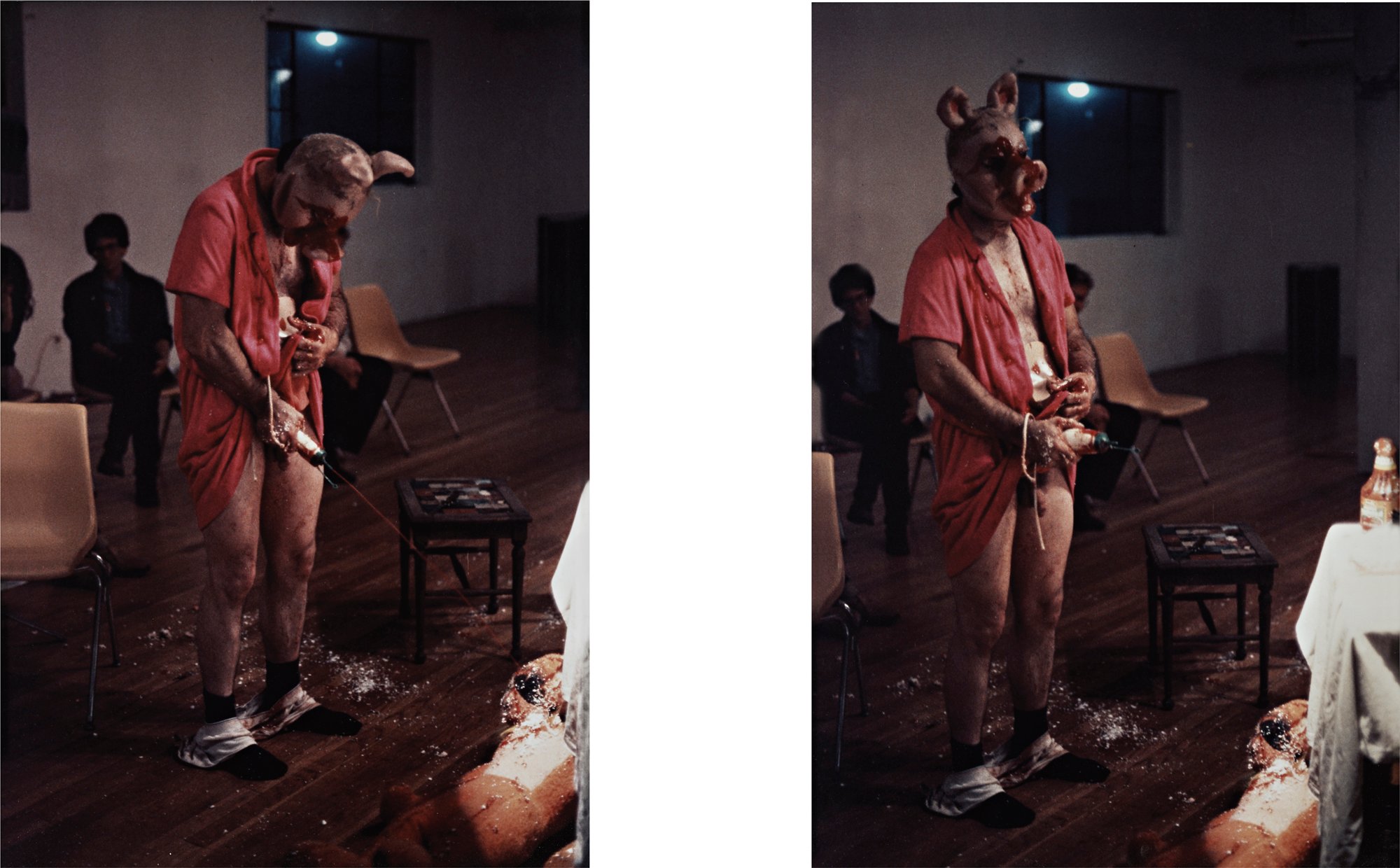Memory Mistake of the Eldridge Cleaver Pants
2008 - Sculpture (Sculpture)
Paul McCarthy
Memory Mistake of the Eldridge Cleaver Pants was created for the show Paul McCarthy’s Low Life Slow Life Part 1 , held at California College of the Arts’s Wattis Institute in 2008 and curated by McCarthy himself. In homage to an influence in his early career, McCarthy attempted to reconstruct a pair of pants worn by Black Panther revolutionary Eldridge Cleaver in a picture that appeared in Rolling Stone magazine in the 1970s. But in the process, McCarthy misremembered their original design of the pants, which had black outer panels and white inner panels in white, and left a black shape highlighted in the crotch area. Instead, McCarthy’s reconstruction divides the pants vertically in two black and white sections. McCarthy’s mistake speaks not only of the fallibility of memory but of a certain kind of queerness that resists any categorical—“black or white”—definition. Memory Mistake ’s use of aesthetic formalism, error, subjectivity, and social history can be seen to challenge the tropes of modernism and art history.
Known for his transgressive performance art pieces that often challenge social conventions, Paul McCarthy is undoubtedly one of the main figures in the West Coast contemporary art scene. Using different forms from pop culture as source material, McCarthy casts a critical look at American society and consumerism. With a particularly poignant sense humor, his works also investigate the intricacies of human psychology.
Colors:
Other works by: » Paul McCarthy

© » KADIST
Paul McCarthy
2010To make Mickey Mouse (2010), Paul McCarthy altered a found photograph—not of the iconic cartoon, but of a man costumed as Mickey...

© » KADIST
Paul McCarthy
1983McCarthy’s Mother Pig performance at Shushi Gallery in 1983 was the first time he used a set, a practice which came to characterize his later works...

